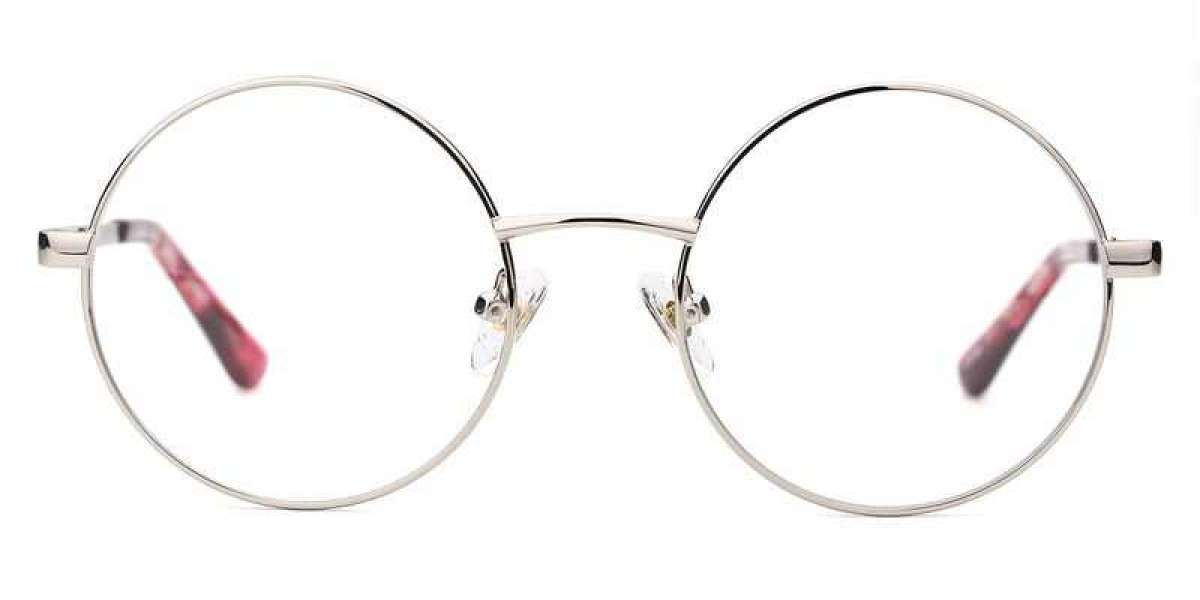Many nearsighted people often say, "Although my eyes are nearsighted now, I won't have presbyopia in the future." If I am nearsighted, I won't have presbyopia. In fact, this statement is incorrect. If a nearsighted person wears accurate glasses, their symptoms and patterns of presbyopia are the same as normal eyes. However, if a nearsighted person takes off their nearsighted glasses, it is like "putting on" reading glasses.
After the appearance of presbyopia, early patients with presbyopia hope to delay the phenomenon through some treatment methods, but physical therapy, medication, and surgery cannot significantly help presbyopia. Currently, the most effective, convenient, and perfect method is to wear presbyopia glasses, which are also equivalent to reading glasses.
In modern society, various electronic devices are frequently used, and close eye contact is too long. The early age group with presbyopia is precisely the age group with high-intensity close-eye contact. For example, people who are emmetropic may experience fatigue during close eye contact due to their reduced ability to regulate their eyes. If they engage in high-intensity close reading, they may develop obvious visual fatigue syndrome, which is often intertwined with early presbyopia, Develop a series of clinical symptoms of presbyopia.
The reason why human eyes can see objects at different distances is that they have the ability to regulate them. This ability matures in primary school and gradually decreases. As age increases, when it reaches around forty years old, the regulatory power is insufficient to support the ability to see small characters and subtle things in close proximity, resulting in blurred vision and presbyopia. Knock on the blackboard and start valuing presbyopia around the age of forty.



